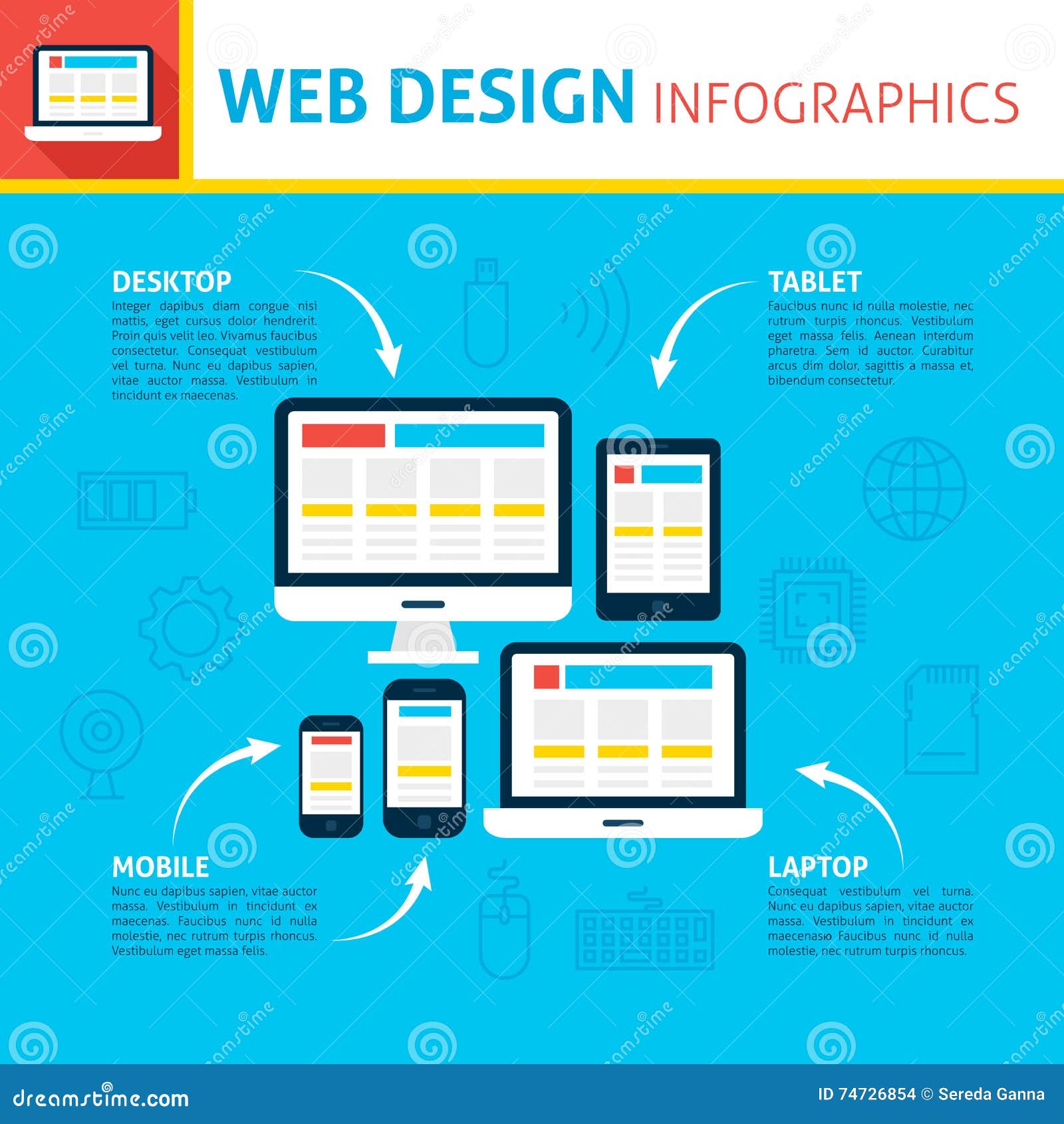Intrigued In Learning Exactly How Site Layout Has Progressed Throughout The Years? Discover The Journey From Simple Designs To User-Centered Approaches
Intrigued In Learning Exactly How Site Layout Has Progressed Throughout The Years? Discover The Journey From Simple Designs To User-Centered Approaches
Blog Article
Content Author-Rasmussen Hyldgaard
In the past, web sites were simple and focused on details. Navigating was direct, and layout was for desktops. Currently, customer experience is crucial. Information overviews designs for simple navigation. Receptive formats fit various devices. Today, dark setting minimizes strain, and minimalist food selections improve navigation. Interactive features engage individuals, and bold visuals stand out. AI integration increases involvement. See just how Local SEO For Healthcare Professionals has evolved to boost your on the internet trip.
Very Early Days of Website Design
In the very early days of website design, simpleness reigned supreme. Web sites were basic, with restricted shades, typefaces, and formats. The emphasis was on supplying details instead of fancy visuals. Users accessed the web through sluggish dial-up links, so speed and capability were essential.
Navigating menus were straightforward, normally situated at the top or side of the page. Sites were designed for computer, as mobile surfing had not been yet prevalent. Web content was king, and designers focused on simple readability over complex style components.
HTML was the primary coding language utilized, and developers had to work within its restraints. Computer animations and interactive functions were marginal compared to today's criteria. Internet sites were fixed, with little vibrant content or customized customer experiences.
Increase of User-Focused Design
With the advancement of website style, a shift towards user-focused design principles has actually come to be significantly noticeable. Today, creating web sites that focus on individual experience is vital for involving site visitors and achieving organization goals. User-focused style involves understanding the needs, preferences, and actions of your target market to customize the website's format, material, and includes appropriately.
Designers currently perform thorough research, such as individual studies and use screening, to collect understandings and comments directly from customers. This data-driven approach aids in developing intuitive navigating, clear calls-to-action, and visually appealing interfaces that resonate with visitors. By placing the customer at the center of the layout process, sites can provide a more tailored and delightful experience.
Responsive layout has also become an essential element of user-focused design, making certain that websites are optimized for different tools and display dimensions. This adaptability enhances accessibility and usability, catering to the varied ways customers connect with sites today. Basically, the increase of user-focused layout signifies a change in the direction of producing digital experiences that prioritize the requirements and expectations of the end customer.
Modern Trends in Web Design
Discover the most recent patterns forming web design today. One prominent fad is dark mode layout, offering a smooth and modern appearance while decreasing eye pressure in low-light environments. One more key pattern is minimal navigation, streamlining menus and improving customer experience by focusing on essential elements. Integrating micro-interactions, such as animated buttons or scrolling effects, can develop a more interesting and interactive web site. Responsive layout remains essential, guaranteeing seamless user experiences throughout different gadgets. Furthermore, making use of vibrant typography and unbalanced designs can add aesthetic passion and draw attention to specific content.
Integrating LASIK Eye Surgery , like chatbots for consumer assistance or personalized recommendations, boosts user involvement and simplifies processes. Ease of access has likewise come to be a substantial fad, with designers focusing on comprehensive layout techniques to accommodate diverse user needs. Accepting sustainability by maximizing web site performance for speed and efficiency is one more arising pattern in website design. Teaming up with customer comments and data analytics to iterate and improve layout continually is important for staying pertinent in the ever-evolving digital landscape. By accepting these modern-day patterns, you can develop an aesthetically appealing, user-friendly internet site that reverberates with your target market.
Conclusion
As you review the development of site style from the very early days to now, you can see just how user-focused style has actually come to be the driving force behind contemporary trends.
Embrace the journey of change and adjustment in web design, always maintaining the customer experience at the center.
Stay current with the most up to date fads and technologies, and never quit evolving your method to create aesthetically stunning and easy to use sites.
Advance, adapt, and create - the future of web design remains in your hands.
